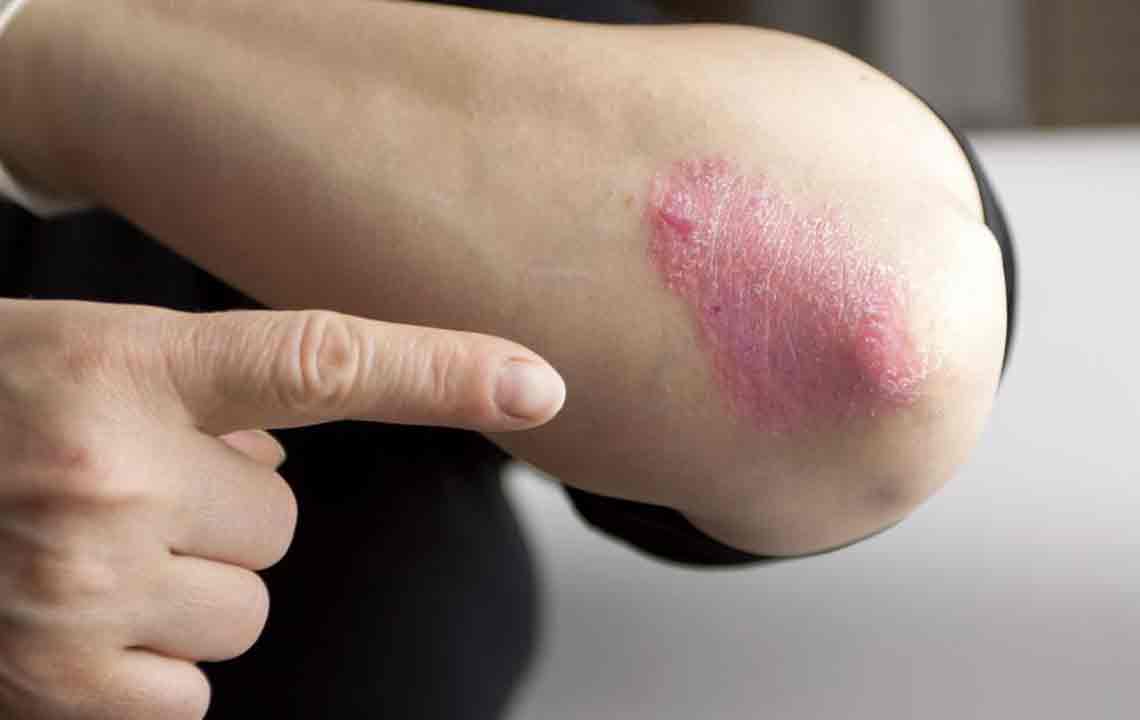Effective Strategies for Managing Persistent Psoriasis
Learn about effective management strategies for persistent psoriasis. This article covers combination therapies, systemic medications, biologics, and light therapy, providing insights into symptom control and treatment options for severe cases. Emphasizing personalized medical guidance, it aims to help patients understand their condition better and explore comprehensive treatment approaches.

Effective Strategies for Managing Persistent Psoriasis
Effective Strategies for Managing Persistent Psoriasis
Psoriasis is a chronic skin condition characterized by thick, scaly patches resembling plaques. It is non-contagious. The dry, flaky skin results from rapid skin cell turnover caused by immune system activity.
This accelerated cell growth is driven by lymphocytes, a type of white blood cell. Commonly affected areas include the scalp, elbows, knees, and back. While incurable, treatments focus on symptom relief and control.
The severity varies from small patches to widespread thick plaques covering large body areas.
The disease's presentation depends on its progression, often worsening during winter months. When more than 5% of your body is affected, prompt medical attention is crucial. Psoriasis may involve areas like hands, feet, face, back, and genitals. An optimal treatment plan frequently involves combining therapies for enhanced results.
Benefits of Combined Treatments
They are more effective and better tolerated by patients.
Lower doses of medications are used, reducing potential side effects.
This approach tends to be more cost-effective.
Combination therapies can accelerate symptom relief and decrease skin cancer risks.
Though psoriasis remains incurable, integrated treatment approaches expand management options.
Therapies for Managing Chronic Psoriasis
For moderate to severe cases affecting over 5% of the body, topical treatments alone may be inadequate. The focus shifts to phototherapy, systemic drugs, or biologics. Systemic medications carry the risk of side effects, but are essential when topical options don’t suffice, especially with plaque or psoriatic arthritis. These internal medications often halt disease progression effectively.
Personalized treatment plans should be designed by healthcare professionals, as all medications potentially carry risks. A thorough assessment ensures optimal management.
Systemic Drugs
Includes medications like cyclosporine, methotrexate, and acitretin. These are prescribed for extensive psoriasis or psoriatic arthritis. They’re commonly used when topical or phototherapy approaches fail. Systemic drugs are available in pill, injection, or syrup forms.
Methotrexate has been used for decades, administered weekly alongside folate to reduce side effects. It’s not approved for children. Cyclosporine provides quick relief but has notable side effects, limiting its long-term use. Acitretin, an oral retinoid, works slowly over months and combines well with phototherapy, but requires close monitoring due to possible adverse effects.
Biologic Therapies
Biologics are injectable or IV medications derived from living cells, targeting specific immune pathways. They focus on blocking T-cell activity crucial in psoriasis development. Modern manufacturing techniques make these treatments more accessible and effective.
Phototherapy or Light Therapy
Phototherapy involves controlled UV light exposure, which may be done at clinics or at home under medical supervision. It’s often combined with other treatments for sustained improvement. Sessions are carefully calibrated to avoid skin damage. Natural sunlight under dermatological guidance can also be beneficial.
References
http://www.aafp.org/afp/2013/0501/p626.html#afp20130501p626-b1
http://www.healthline.com/health/psoriasis/combination-treatment-severe-psoriasis#2










